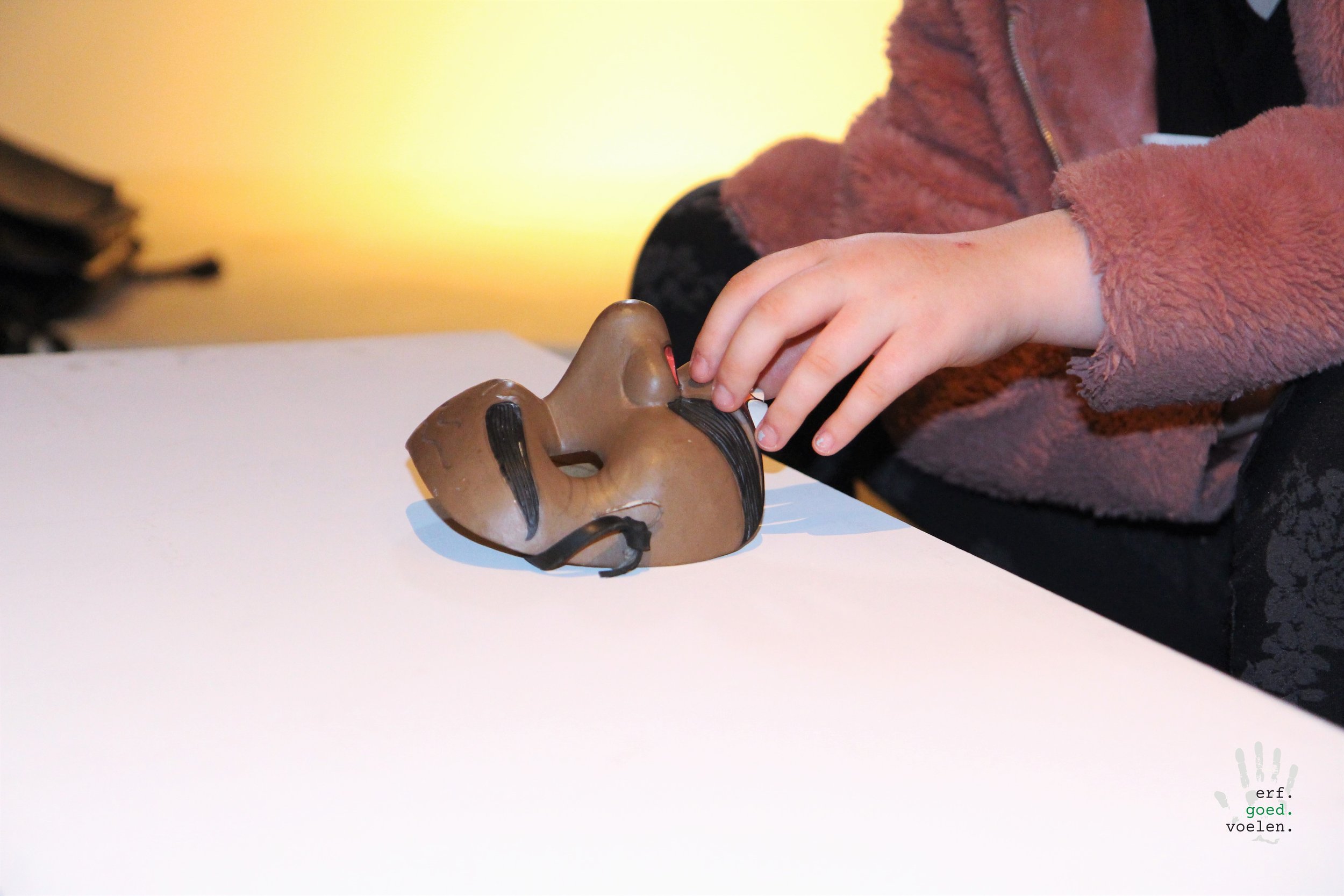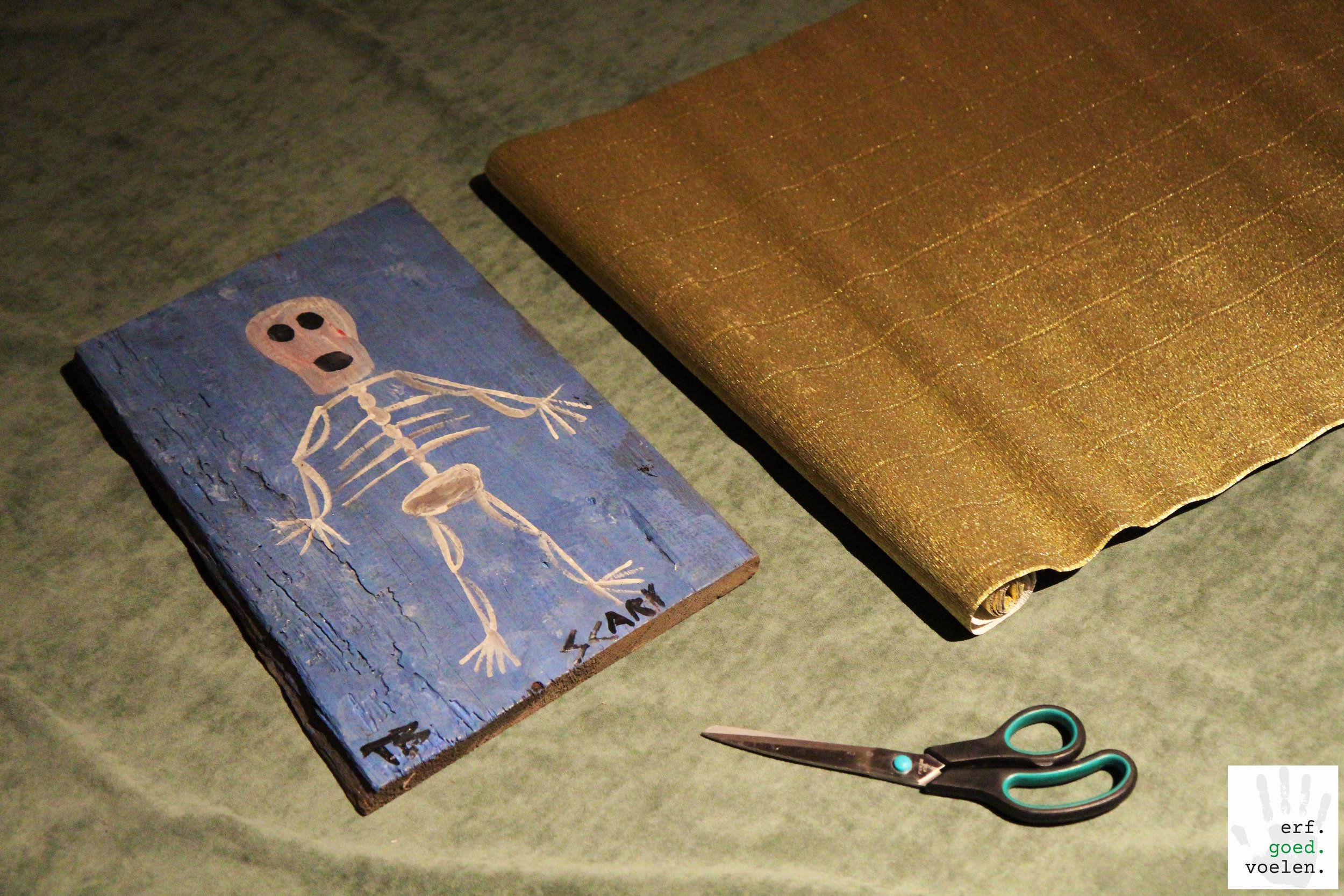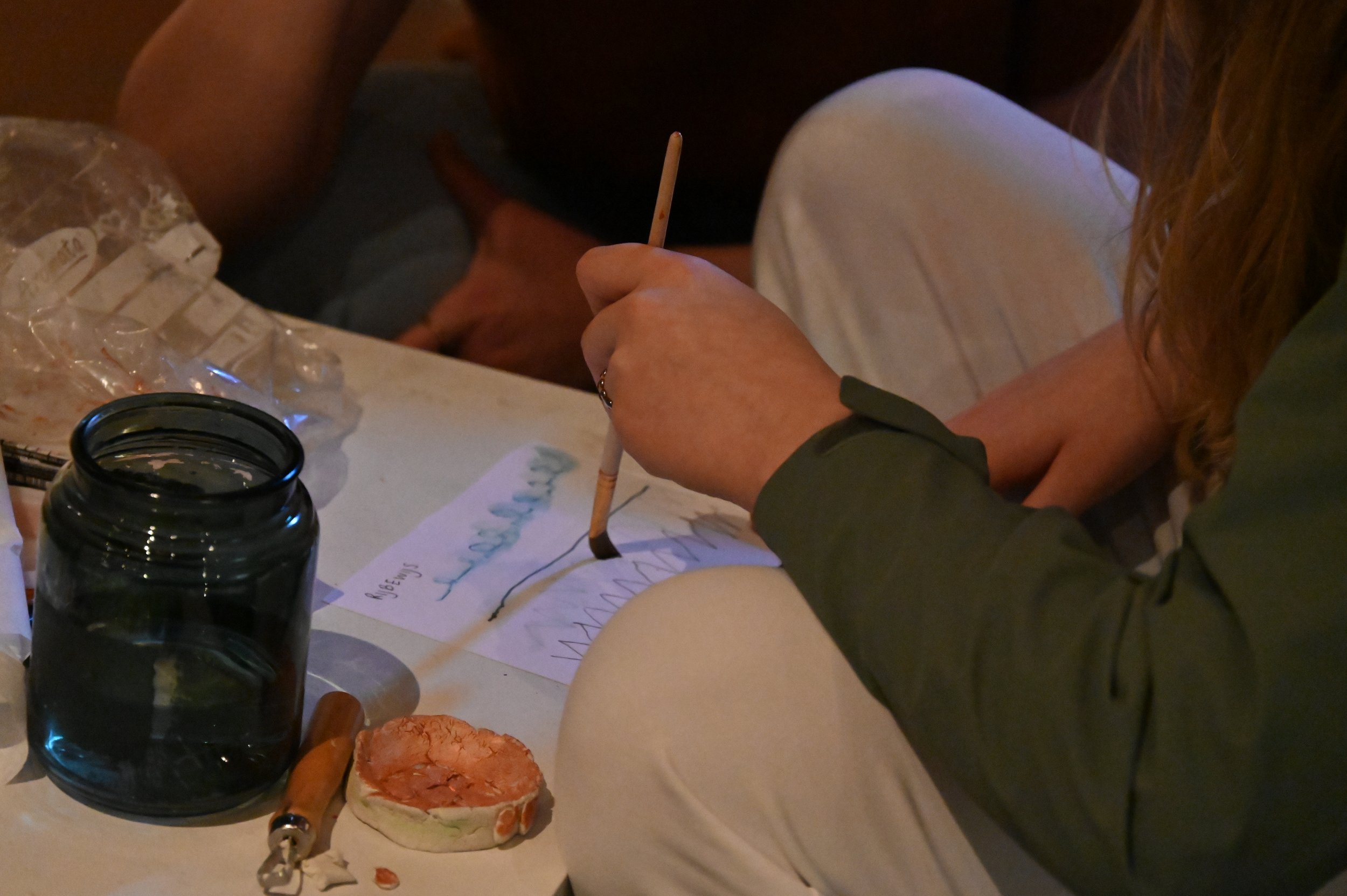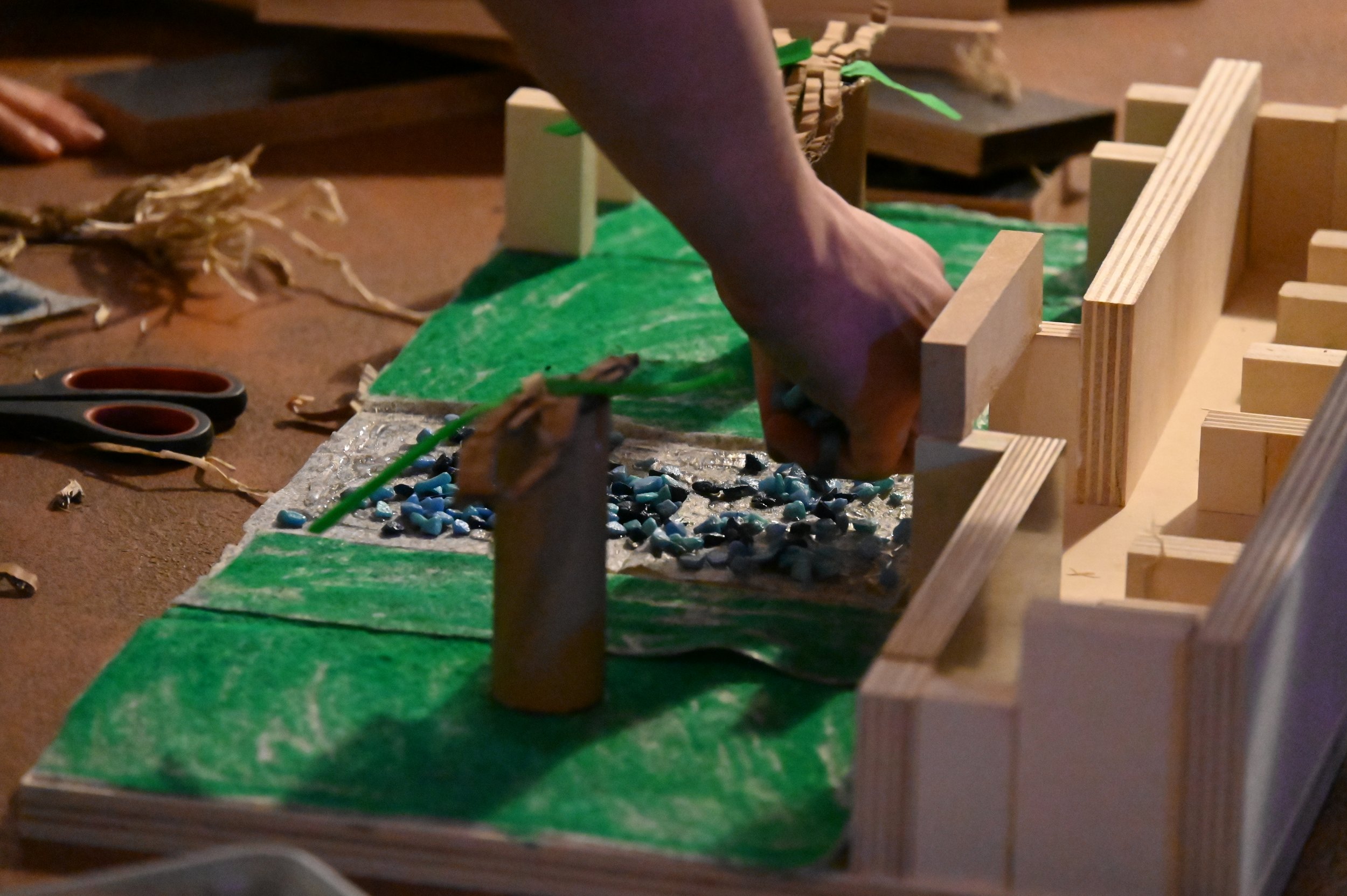The project ErfGoedVoelen
More about De Fioretti Vitrine:
The project De Fioretti Vitrine is a visual frame as the starting point of the collaboration between the Museum Dr. Guislain and the young people of Fioretti, the pediatric unit of the psychiatric center Guislain. It is a frame which can be adjusted completely and repeatedly following the expectations and interests of young people.
These young people, each one unique with his talents and interests, share the same psychiatric vulnerabilities. Often these vulnerabilities make their social relations complicated. As an admission and treatment department Fioretti wants to stimulate a positive social climate between these young people. Also very important is the organization of activities which make the social interaction stronger and which create a context without reference to their problems.
The collaboration between the museum and Fioretti fits perfectly in this vision. Via trajectories of about 6 sessions young people select objects of art and objects from the depots of the museum. They are inspired by fantasy and stories behind this cultural heritage and they create their own stories and interpretations.
In this way young people learn to explore their interests and through the collaboration with artists they are stimulated to push boundaries at a creative level. As such we want to give the young people a voice to decide which cultural heritage is valuable enough to be shown in the museum. As a result they discover new interests themselves and they make their resilience stronger.





De Fioretti Vitrine is a project within the frame of Erfgoedvoelen and receives a project subsidy of the Vlaamse Overheid, decree on cultural heritage.
Further reading about ErfGoedVoelen?
-
In the project ErfGoedVoelen we work with cultural heritage to increase the quality of life of different target groups. In addition to Museum Dr. Guislain, Erfgoedhuis Zusters van Liefde and outreachlab of Huis van Alijn are partners in this project. Erfgoedhuis Zusters van Liefde and Karus De Kaap are working together at the project ‘Kapers op Kunst’ . In this context children from 6 years to 12 years are surprised by the cultural heritage and they work with a director to make stopmotion clips. The outreachlab of the Huis van Alijn works with persons suffering from dementia who live at home and their informal caregivers and over-65s who are searching for a useful time interpretation and social relationships.
Together with partners from the healthcare and education sector we will investigate the impact of cultural heritage on the quality of life of these target groups.
WHY THIS PROJECT?
An increasing number of people, both young and old, have different care needs which can lead to loneliness and social isolation.
Care for young people growing up in vulnerable situations (at the socio-economic level, a precarious family situation, during asylum procedure or in youth institutions) is under pression.
Thanks to the project ‘ErfGoedVoelen’ we capture these signals from surrounding neighborhoods, community health centers and healthcare institutions.
WHAT DO WE WANT TO ACHIEVE?
A well-founded scientific framework to explore, stimulate and normalize interventions with cultural heritage in the welfare sector.
Raise the still hidden potential of cultural heritage.
Create sustainable and cross-sectoral partnerships in order to inspire the healthcare and heritage sector.
Give direction and stimulate further research on this topic.
HOW DO WE HANDLE THIS?
We create different pilot projects for which we apply heritage methodologies. These methodologies, like object handling and object storytelling, are internationally known and appreciated and use cultural heritage to create a long-term and positive incentive in people’s lives. Besides we actively focus on the sharing of expertise.
Know more about the construction of this project?
-
The three heritage institutions start up four pilot projects. Each pilot project works with another target group and uses different heritage methodologies in order to contribute to social capital, autonomy and resilience. Read more about the methodologies used here.
Researchers make a state of the art and then evaluate the impact of the methodology (intervention).
We end phase 1 with a first dataset of research results used for the analysis in the following phase. Thanks to four pilot projects we are able to learn what works and doesn’t work optimally within the different target groups.
MAY 2023 – FEBRUARY 2024
The project and research team work with the results of phase 1 and implement the recommendations of phase 1. The adjusted pilot projects and the research of phase 1 are repeated. Results are analyzed and compared to those of phase 1.
This phase 2 means the end of the pilot projects. The project team, supported by the research team, materialize all the results in a report which will be widely distributed. Everybody who wants, can use these data for publication.
On the basis of this final report heritage institutions anchor the pilot projects as high-quality care processes within their institution.
MARCH 2024 – FEBRUARY 2025
In phase 3, also the last phase, we distribute the results of the research on the sectors involved (well-being, culture and education). We want to intensively involve these sectors and stimulate collaborations in order to convince the policy of integrating cultural heritage in the healthcare sector.
We focus on the distribution of our expertise in healthcare education (nursing, creative therapy, social work, ergotherapy, …) and with professionals in the healthcare and heritage sector. We check how we can optimally reach these sectors. We proceed adopting adapted working methods like workshops, lesson plans, film material, manuals and tools, …
The research results are consolidated in new further research.


